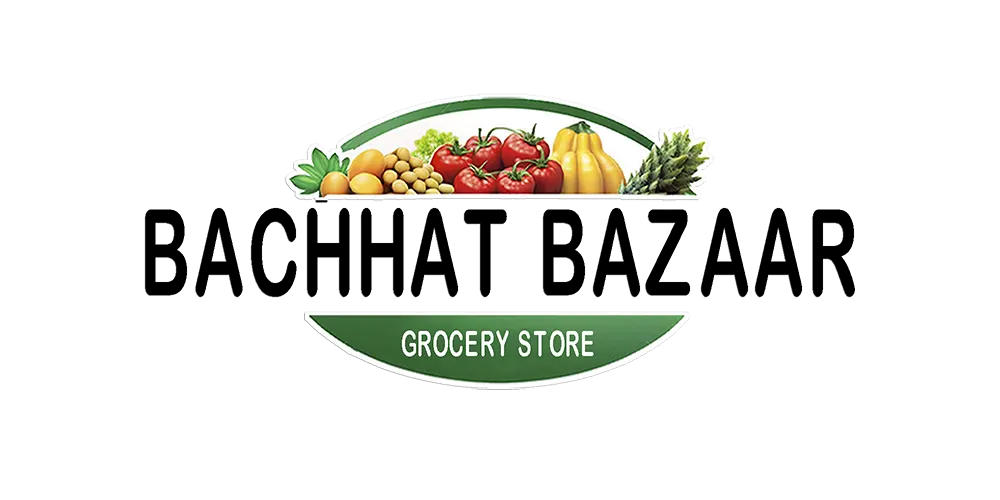
Understanding wholesale costs is essential for any business owner looking to maximize profit margins and make informed purchasing decisions. While many retailers focus on the final retail price, delving into the intricacies of wholesale pricing can unlock significant savings and enhance overall business strategy. In this blog, we’ll explore the factors that influence wholesale costs, how to effectively analyze these costs, and tips for negotiating better deals with suppliers.
What is Wholesale Pricing?
Wholesale pricing refers to the cost at which goods are sold in bulk to retailers or distributors, rather than directly to consumers. Typically, wholesale prices are lower than retail prices, allowing businesses to buy products in large quantities and resell them at a profit. Understanding how wholesale pricing works is crucial for retailers, as it directly impacts their pricing strategies and profit margins.
Factors Influencing Wholesale Costs
Several factors contribute to the wholesale costs of products. Here are some key elements to consider:
1. Manufacturing Costs
The cost of producing goods is one of the most significant factors influencing wholesale pricing. This includes expenses related to:
- Raw Materials: The quality and source of raw materials can dramatically affect production costs.
- Labor: Wages, benefits, and working conditions play a role in determining overall manufacturing expenses.
- Overhead: Fixed costs like rent, utilities, and equipment depreciation contribute to the final price.
2. Order Quantity
Wholesale pricing often depends on the quantity ordered. Suppliers typically offer tiered pricing structures, where larger orders result in lower per-unit costs. Understanding these structures can help businesses optimize their purchasing strategies to take advantage of bulk discounts.
3. Shipping and Handling
Transportation costs can significantly impact wholesale prices. Factors such as distance, shipping method, and packaging all contribute to the overall cost. When analyzing wholesale prices, it’s essential to consider whether shipping costs are included or added on separately.
4. Supplier Relationship
A strong relationship with suppliers can influence pricing. Established partnerships may lead to preferential pricing, better payment terms, or increased flexibility regarding order quantities. Conversely, new or less reliable suppliers may have less favorable terms.
5. Market Demand
Fluctuations in market demand can affect wholesale pricing. During high-demand seasons or for trending products, suppliers may increase prices. Staying informed about market trends can help businesses anticipate changes in wholesale costs.
6. Competition
The competitive landscape plays a crucial role in determining wholesale prices. Suppliers may adjust their pricing strategies based on what competitors charge. Monitoring competitors’ pricing can provide insights into where your costs stand relative to the market.
Analyzing Wholesale Costs
To effectively decode wholesale costs, businesses should adopt a systematic approach. Here are steps to analyze and understand these costs:
1. Break Down the Costs
Start by breaking down the wholesale cost into its components. This includes:
- Base Price: The initial cost of the product.
- Shipping Fees: Costs associated with getting the product to your location.
- Taxes and Duties: Any applicable taxes or import duties that may apply.
- Handling Fees: Additional charges for warehousing or processing.
This breakdown allows for a clearer understanding of where money is being spent.
2. Calculate Total Cost of Ownership (TCO)
Beyond just the purchase price, consider the total cost of ownership. TCO includes all costs associated with acquiring and using a product, such as maintenance, storage, and disposal. Understanding TCO can help businesses make more informed decisions regarding their wholesale purchases.
3. Monitor Price Changes
Regularly monitor wholesale prices and any fluctuations. This could be achieved through:
- Price Tracking Tools: Use online tools that help track price changes over time.
- Supplier Communication: Maintain open lines of communication with suppliers to stay informed about any upcoming price adjustments.
4. Evaluate Supplier Performance
Assessing supplier performance can provide insights into whether the pricing aligns with the quality and service received. Key metrics to consider include:
- Delivery Timeliness: Are products delivered on time?
- Product Quality: Does the quality match expectations?
- Customer Service: How responsive is the supplier to inquiries or issues?
Evaluating these aspects can help justify costs and determine if a supplier is worth continued investment.
Negotiating Better Wholesale Prices
Once you understand the factors that influence wholesale costs, the next step is to negotiate better deals with suppliers. Here are some effective strategies:
1. Build Strong Relationships
Cultivating a good relationship with your suppliers can lead to better pricing and terms. Regular communication and showing loyalty to a supplier can lead to preferential treatment.
2. Leverage Bulk Orders
As mentioned earlier, suppliers often provide discounts for larger orders. If feasible, consolidate your purchases to take advantage of these savings.
3. Compare Multiple Suppliers
Don’t settle for the first quote. Obtain quotes from multiple suppliers to compare prices and terms. This can provide leverage in negotiations and help you secure better deals.
4. Discuss Payment Terms
Negotiating payment terms can also impact your overall costs. Suppliers may offer discounts for early payments or flexible payment schedules that can improve your cash flow.
5. Stay Informed About Market Trends
Knowledge of market trends and pricing can empower you during negotiations. If you know that prices are expected to rise, you can negotiate with urgency. Conversely, if prices are falling, you can hold out for a better deal.
Conclusion
Decoding wholesale costs is an essential skill for any business owner. By understanding the factors that influence pricing, analyzing costs effectively, and employing strategic negotiation tactics, you can optimize your purchasing decisions and enhance your profit margins.
Taking the time to thoroughly evaluate wholesale costs not only helps in securing better deals but also contributes to long-term business success. As you navigate the complexities of wholesale pricing, remember that informed decisions lead to better outcomes for your business and your customers. Embrace the journey of understanding wholesale costs, and watch your business thrive.

